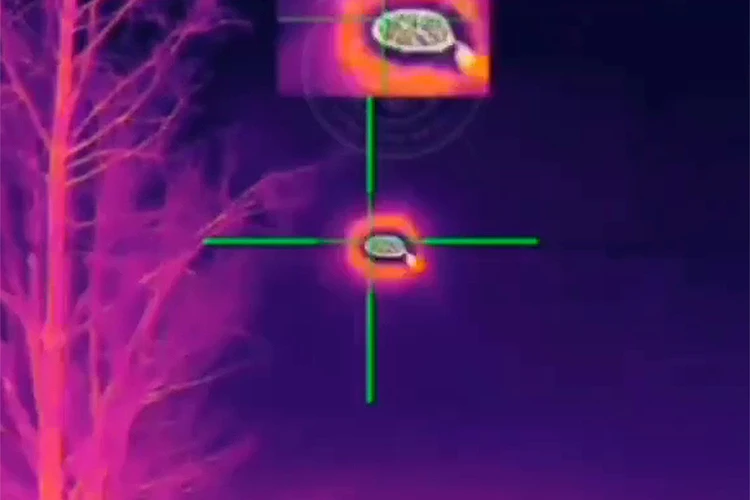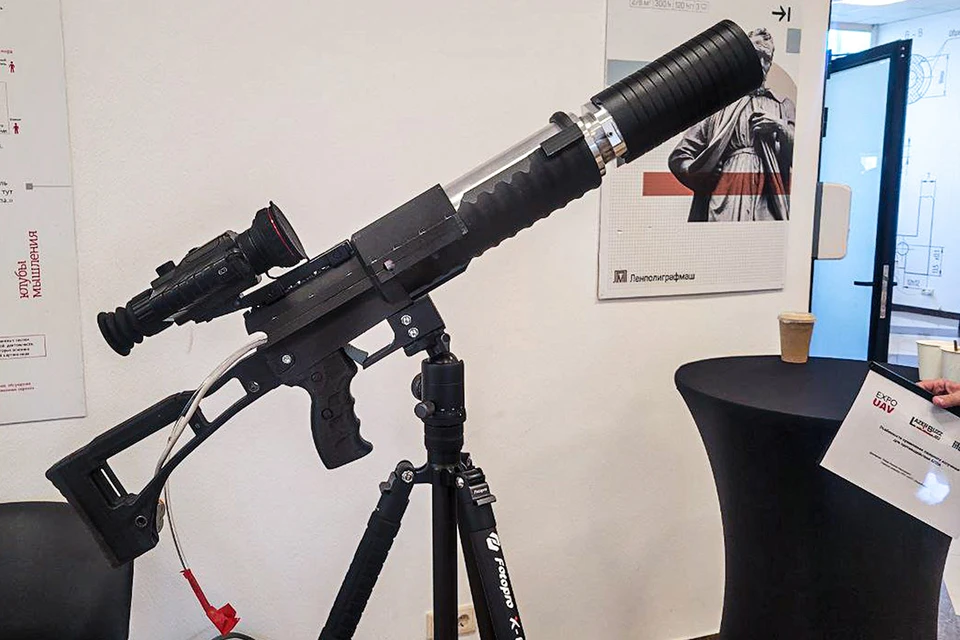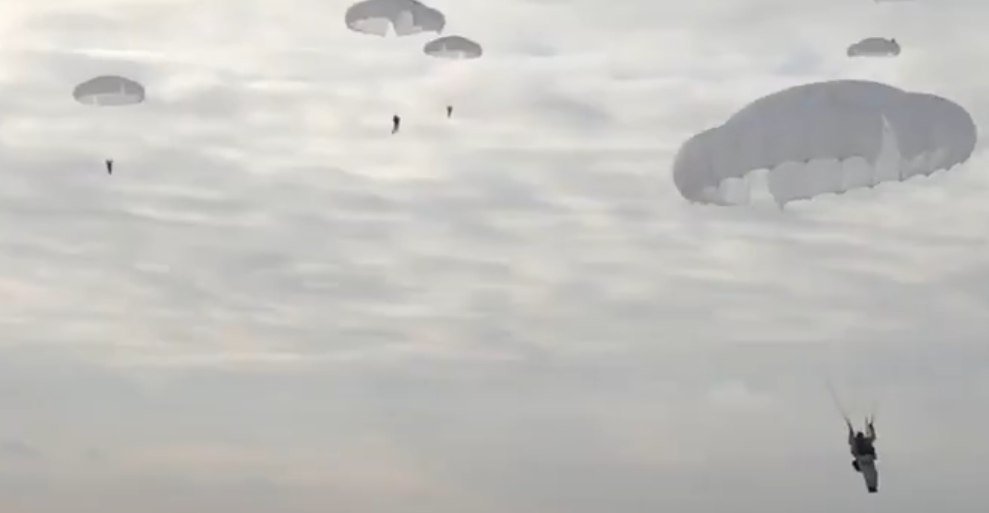
Russia will be fenced off from Ukrainian drones with the “Posoch” laser defense. What is known about this weapon?
stick, crutch, crutch) will be able to destroy drones at a distance of 2 km.
The Russian media joined him in their opinion and enthusiastically brought the “sensational news”: “At the test site in the north-west of Russia, the Laser Bazz laser installation (the “Posoch” project) destroyed an FPV drone 500 meters away in a second! The power of the test device was 3 kW, but an 80 kW system has already been developed. “Bakulya” is designed to protect soldiers and critical infrastructure from group attacks by kamikaze drones. The test confirmed the high speed and accuracy of hitting the target.”
However, experts who understand the development of combat lasers asked the author of the article, Col. Viktor Baranec, to temper his enthusiasm and write more modestly: “Russian engineers are close to creating a new laser air defense system “Posoch”. In other words, “the hen is still in the nest, but the chick has already pecked the shell.”

DESTROYS SILENTLY AND INSTANTLY
This is how Alexei Zhuravlev, a person very close to this topic, comments on the successful tests: “Yes, our designers and the military are testing a new laser air defense system capable of burning through drones. The army is already armed with the “Peresvet” laser, which is good in all respects, but it is very large. Therefore, our military-industrial complex was faced with the task of creating something more portable. The current project is powered by batteries and can be installed on any armored vehicle. The range of destruction of the target is about 1.5-2 kilometers, which is already a very successful characteristic. After all, at such a distance it is almost impossible to hit a drone with small arms.
The laser is aimed at the body or key components of the drone. High temperatures will put them out of action in a split second. The charge will burn out, the wires will melt, the engine will fail. If the beam hits the body, the aerodynamics will be disrupted and the drone will fall. The most important thing about this type of weapon is that it does not require ammunition, and you can fire the beam an unlimited number of times. Silently and instantly.”
IT IS A REAL STEP FORWARD
“To get more information about “Posoch”, ”writes Viktor Baranec, “I decided to call my old friend, who has been studying combat lasers for many decades – Doctor of Physical and Mathematical Sciences, Full Member of the Academy of Military Sciences, Laureate of the State Prizes of the USSR and Russia Viktor Apollonov. He is a man of few words and extremely cautious when questions concern “closed” or “classified” topics. But he is extremely competent,” says Viktor Baranec, describing how the conversation took place.
Viktor Viktorovich, how do you assess the words of Deputy Zhuravlev about the new combat laser?
– He knows what he is talking about… I only know that such development is underway. At the same time, I want to wish my colleagues success… If everything is so, then the “Posoch” is really a step forward…
Zhuravlev says that the “Posoch” is powered by batteries. What kind of cells are these that supply the laser with such powerful energy?
– It looks like these are lithium batteries. Which is no secret anymore. I was recently in China, where they use such batteries to the fullest. The car can cover a distance of 1,400 kilometers.
But one battery may not be enough for the “Bakulya”?
– You can use several of them at once. No problem.
Does China already have its own “Posoch”?
– No comment…
Do you think that the performance characteristics of the “Posoch”, which Zhuravlev also names and which are now starting to appear in our and foreign media, correspond to reality?
– For this reason, I prefer to keep my mouth shut. Performance characteristics are also our weapon. Why inform competitors and opponents about this?
BEAM REINS
Since Soviet physicists Alexander Prokhorov and Nikolai Basov created a laser and won the Nobel Prize for it (1964), the best scientific minds in the world have been trying to turn a fiery beam into a combat weapon. The ultimate goal is for it to burn through missiles and aircraft, and now drones. Like cutting butter with a hot knife.
“Over the past 60 years, our laser designers have achieved a lot,” emphasizes Col. Baranec, pointing, for example, to the Peresvet combat laser (already adopted for service). It is capable of blinding the optics of enemy air and ground targets. The effectiveness of Peresvet directly depends on the environment: in good weather it works perfectly, but fog, rain or snow hinder the passage of the beam.
Which is not the only problem. The further the target is from the laser weapon, the more the beam is scattered, that is, its effectiveness decreases. In addition, the energy generator is huge and very visible on the battlefield. Yes, some signs of Peresvet’s work during the SHVO make themselves known. Enemy combat drones lose their electronic brain and fall to the ground. However, they are disabled at a low (50-100 meters) altitude. And here it turns out that during the experiments “Bakulya” shoots down a target from a distance of up to two kilometers! While the generator easily fits on the roof of an armored vehicle. If the declared data of “Posochu” are confirmed, new Heroes of Labor will certainly appear in Russia.


Martin Scholz


















